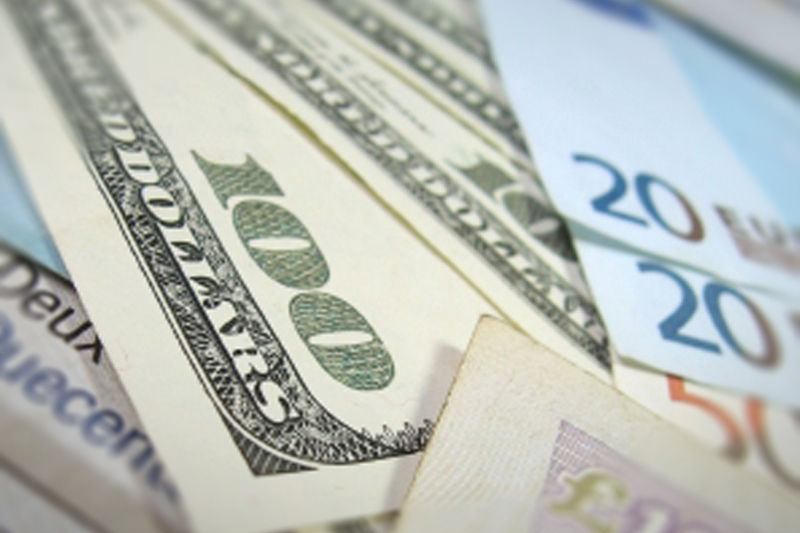Investing.com -- EUR/USD fell sharply, as expected, as the dollar soared to two-week highs on the first full day of trading after the Federal Reserve abandoned a seven-year policy of holding interest rates at near zero levels as part of a long-term plan to stimulate an economy battered in the Financial Crisis.
In a unanimous decision, the Federal Open Market Committee (FOMC), lifted the Federal Funds Rate on Wednesday by 25 basis points to a range between 0.25 and 0.50%. Before Wednesday's major policy shift, the FOMC had held short-term interest rates at near zero levels for 56 consecutive meetings, a streak which dated back to December, 2008.
Federal Reserve chair Janet Yellen pointed to an improving labor market and expectations that long-term inflation will move to its 2% objective in justifying the decision. The Fed Funds Rate is the rate offered by institutions on overnight, interbank loans held at the Fed.
EUR/USD traded in a broad range between 1.0802 and 1.1011 before settling at 1.0826, down 0.0086 or 0.77% on the day. The dollar has closed higher against the euro in each of the last three sessions and five of the last seven. As the likelihood for lift-off gained momentum throughout the year, the dollar surged by nearly 10% against a basket of major currencies. The strength in the dollar has been reflected in its appreciation versus the euro, as well. Since opening 2015 at 1.21, EUR/USD has fallen steadily over the last 11 months.
EUR/USD likely gained support at 1.0538, the low from Dec. 3 and was met with resistance at 1.138, the high from Oct. 21.
The modest rate hike provided the latest signal of divergence between the Fed and central banks throughout the euro zone, many of which have cut rates into negative territory in an effort to stave off deflation. At one point on Thursday, the dollar reached its highest level since Dec. 3 when the European Central Bank rattled global foreign exchange markets by instituting limited easing measures with its comprehensive bond buying program.
Investors now await two FOMC meetings in the first quarter of fiscal year 2016 for further indications on the Fed's path for normalizing monetary policy. In median projections released on Wednesday, the FOMC anticipates that Fed Funds Rate will reach 1.4% by the end of 2016, before approaching 2.5% by the completion of 2017.The projections suggest that the FOMC could approve as many as four rate hikes next year.
On Thursday, a survey from the CME Group's (O:CME) Fed Watch said there was a 7% chance the U.S. central bank will lift short-term rates again in January. By March, though, the CME Group places the probability at 53% when the Fed will releases its latest long-term economic projections. At the completion of the FOMC's meeting in June, the survey says there's a 26% chance the Fed Funds Rate will be increased to a range between 0.75 and 1.00%, following two additional rate hikes.
The U.S. Dollar Index, which measures the strength of the greenback versus a basket of six other major currencies, surged more than 0.85% to an intraday-high of 99.27 before settling at 99.20. The Fed's upward move is regarded as bullish for the dollar, as investors pile into the greenback to capitalize on higher yields.
The spread between U.S. and German government bond yields remained relatively flat at 162 basis points. Yields on the U.S. 10-Year fell seven basis points to 2.22%, while yields on theGermany 10-Year dipped by eight basis points to 0.60%.
